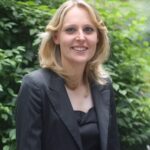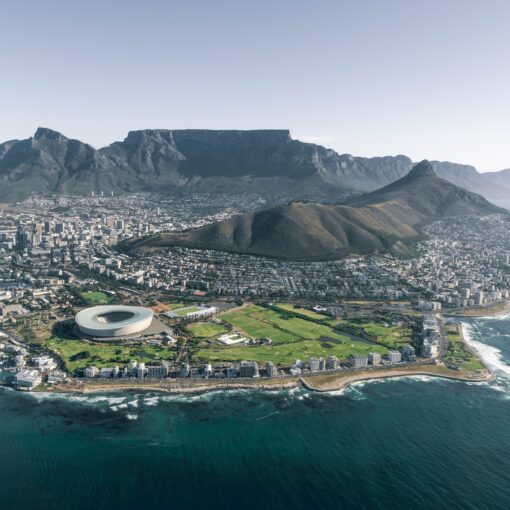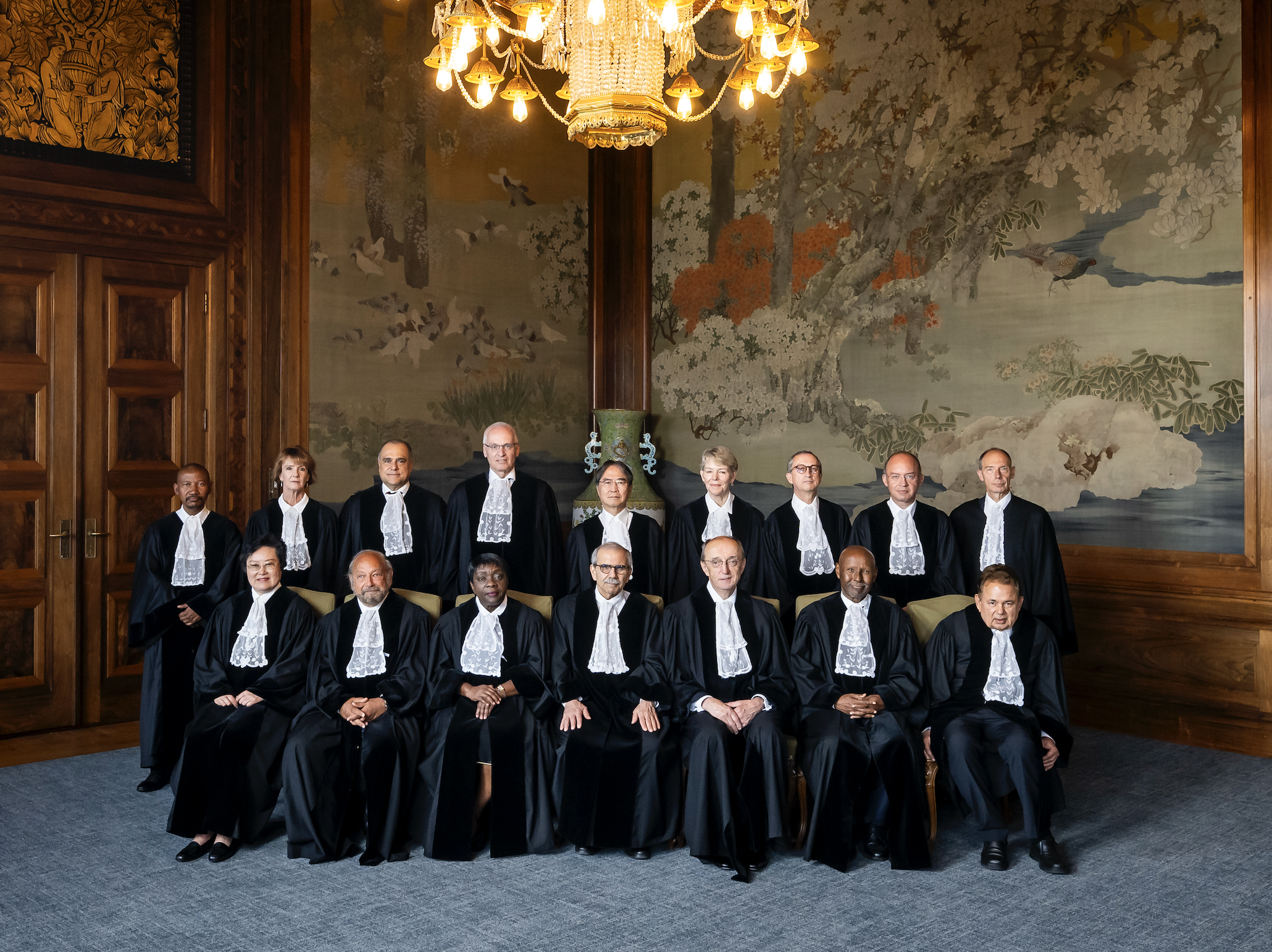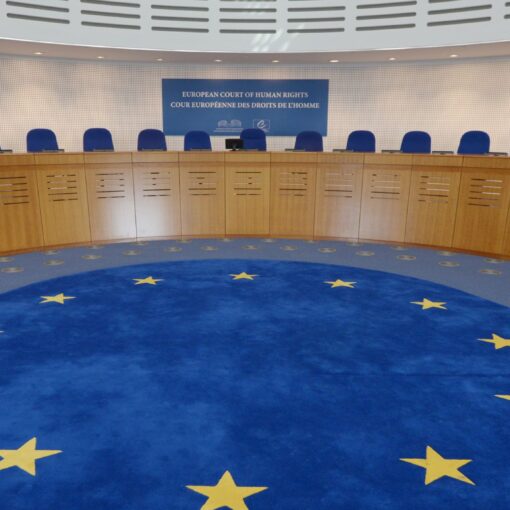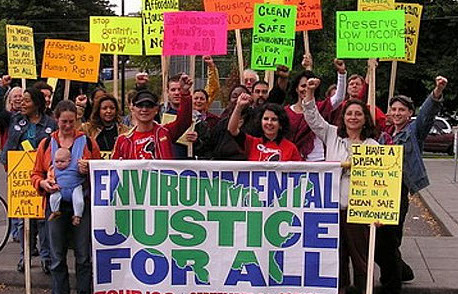By Romany Webb
In January, the Sabin Center and Climate Science Legal Defense Fund launched the Silencing Science Tracker (SST). As its name suggests, the SST records government attempts to prevent or restrict scientific research, education, or discussion since the November 2016 election. Initially, the SST only recorded anti-science behavior within the federal government, of which we have 161 examples. That does not, however, reflect the full extent of the “war on science” as numerous anti-science actions are also being taken by state and local governments. To increase awareness of those actions, we have expanded the SST, adding state and local government attempts to censor, misrepresent, or otherwise stifle science.
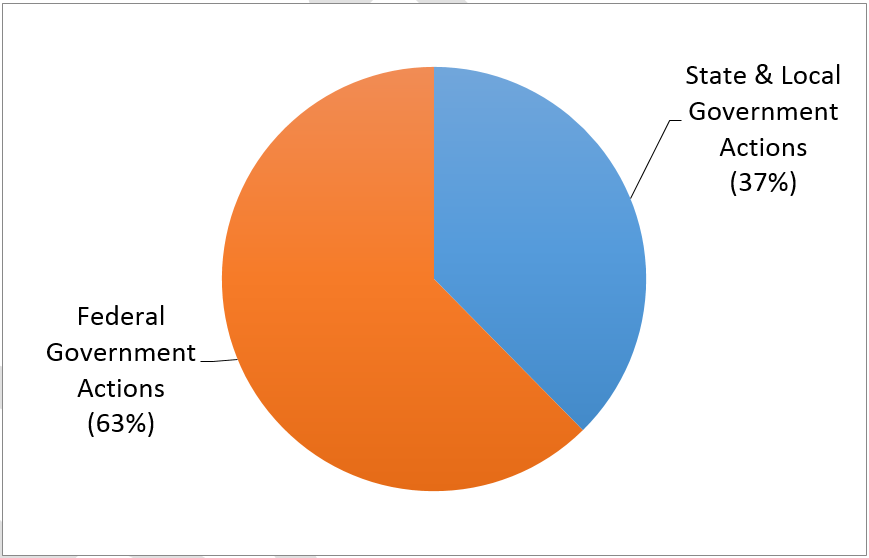
As of Monday, September 24, the expanded SST lists 257 anti-science actions taken by government actors since the November 2016 election. Of those actions, 63 percent (161) were taken by the federal government, and 37 percent (96) by state and local governments. Unsurprisingly, many of the state and local government actions are concentrated in just a handful of areas, which have a long-history of anti-science behavior. Florida leads the way with 10 entries, followed by Texas and Wisconsin with 7 each, and then Iowa, Kentucky, Louisiana, and Oklahoma with 5 each. It would, however, be a mistake to think that anti-science behavior is limited to a small number of “rogue” states. On the contrary, such behavior has occurred in at least 38 states since November 2016, including many often thought of as leaders on scientific issues, such as California and Vermont.
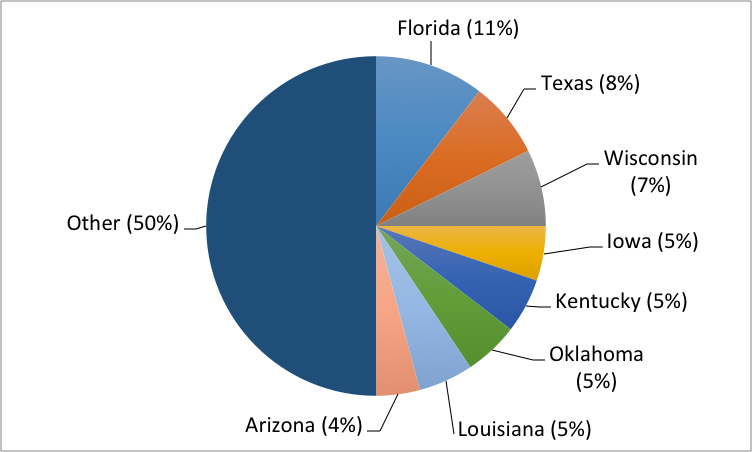
At both the state and federal levels, much anti-science behavior has centered on climate change, with 70 percent of all SST entries targeting climate scientists. The entries fall into seven broad categories as follows:
| Category | Example | Number of Entries* | ||
| Federal | State | Total | ||
| Government censorship, which includes to any action making scientific information more difficult to find or access. | The Vermont Governor’s office removing references to “climate change” from a report on land use planning prepared by the state’s Natural Resources Board. | 67 | 8 | 75 |
| Self-censorship, which involves government scientists voluntarily suppressing or distorting scientific information. | Staff at the U.S. Environmental Protection Agency pre-emptively removing references to “climate change” from program documents to minimize the risk of politically-motivated program cuts. | 17 | 0 | 17 |
| Budget cuts, which encompass reductions in government funding for existing scientific programs, including the cancellation of grants. | The Kentucky Governor proposing to eliminate all funding for the state’s Mesonet research program, which uses data from 69 weather monitoring stations to assess the impacts of climate change. | 32 | 13 | 45 |
| Personnel changes, which include the removal of government scientists, and the failure to fill scientific positions in government. | The Wisconsin Governor proposing to eliminate the central science services bureau, within the Department of Natural Resources, and reassign its 15 scientists to other positions. | 26 | 13 | 39 |
| Research hindrance, which involves government actions preventing or restricting scientific research, such as the destruction of needed data. | The Missouri Water Science Center deactivating 20 percent of the state’s river and stream gauges, which are used by hydrologists and environmental scientists to monitor and test water bodies. | 14 | 4 | 18 |
| Bias and misrepresentation, which involves government actors misrepresenting or mischaracterizing scientific research. | The Texas Department of State Health Services publishing a booklet that discusses several discredited or unproven scientific claims. | 19 | 42 | 61 |
| Interference with education, which refers to government attempts to undermine science education, including by preventing the teaching of established scientific principles. | The Alabama legislature adopting a resolution declaring “global warming,” “evolution,” and other proven scientific theories to be “controversial” and encouraging teachers to discuss alternative non-scientific principles with students. | 0 | 26 | 26 |
* Some SST entries appear in more than one category.
As shown in the table above, the “government censorship” category currently includes the most entries, accounting for approximately 29 percent of the total. Many of the entries relate to changes to government websites to remove references to “climate change” (see here for an example). Of late, however, this has been far more common within the federal government than at the state level. (We have only identified one example – in Wisconsin – of references to “climate change” being removed from state websites since November 2016.) However, state governments have sought to restrict access to information about climate change in other ways, including through “interference with education” which accounts for over 10 percent of all SST entries. Both state and federal government actors also commonly engage in “bias and misrepresentation,” with many suggesting that climate change is a “hoax,” and/or questioning its causes and effects.
Unfortunately, there is little indication that these attacks on science will subside in the near future. For as long as they occur, we will record them in the SST. Users can subscribe for updates from the SST here. For more information about the SST, and/or to recommend material for inclusion, please contact Romany Webb (rwebb@law.columbia.edu).
Romany Webb is a Research Scholar at Columbia Law School, Adjunct Associate Professor of Climate at Columbia Climate School, and Deputy Director of the Sabin Center for Climate Change Law.

